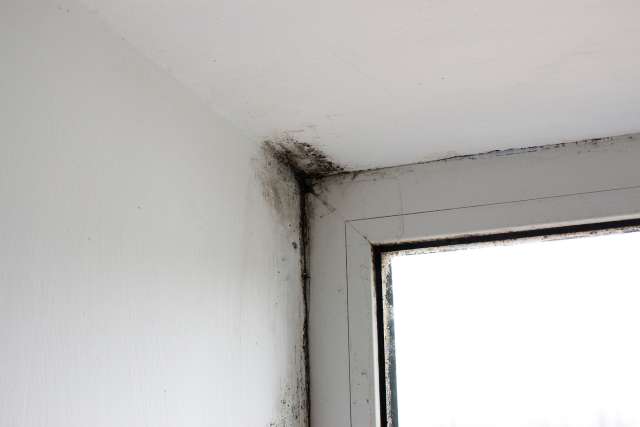Dear Doctors: My husband and I bought a lake cabin for our family to use in the summers. We're doing some remodeling and have learned there's black mold in the basement. What are the health risks of black mold? We have already spent a few nights there. Should we be worried?
Dear Reader: Mold is a fungal growth. It can digest virtually anything that contains carbon, which is why molds are abundant in damp or decaying organic matter. There are an estimated 100,000 different species of mold, which range from harmless to helpful to hazardous. Molds are key to the production of many of the cheeses we enjoy, including Gorgonzola, blue cheeses and brie. And, of course, penicillin, which is also a mold, changed the course of medicine.
Indoor mold is often referred to as mildew. Once established, it spreads easily. Molds reproduce by forming microscopic spores that travel via air currents to new locations. If a spore lands on an area with both nutrients and moisture, it can quickly begin to form its own colony. The sheltered environment and controlled temperatures of enclosed buildings, particularly those with leaky plumbing and drywall, offer molds an ideal environment.
When people talk about black mold, they're referring to a species known as Stachybotrys chartarum. It requires the warm temperatures of an indoor environment to reproduce and spread. In addition to spores, molds can produce something known as microbial volatile organic compounds, or mVOCs. These are chemically diverse compounds that molds use to communicate and interact with each other. They are too small to see, but if you have ever reacted to the dank and musty smell of a room containing mold, it's because you have inhaled mVOCs.
Exposure to black mold can cause a range of adverse effects. On the mild side are typical allergic reactions, such as headache, stuffy nose, itchy eyes or congestion. Prolonged or heavy exposure has been known to cause fatigue, exhaustion, light-headedness, mental fatigue, irritability, difficulty sleeping and problems with concentration. If someone has a weakened immune system, a fungal infection of the airways is possible.
Due to the health risks of black mold, it is important to stay away from the area. And because this type of mold is both challenging to remove and is easily spread, it is important to bring in expert help for eradication. This typically involves sealing off the area to localize spores, removing all damp and damaged building materials, disposing of carpets and textiles in the affected area, disinfecting all exposed surfaces and running an air purifier with a HEPA filter to clean the air. Workers will wear protective suits and N95 masks during the cleanup. If you plan to check on their progress, you should suit up as well.
If you or anyone in your family did experience symptoms from your exposure to the black mold in your home, it may be a sign of a mold allergy. It would be wise for them to check in with their health care provider for an evaluation.
(Send your questions to [email protected], or write: Ask the Doctors, c/o UCLA Health Sciences Media Relations, 10960 Wilshire Blvd., Suite 1955, Los Angeles, CA, 90024. Owing to the volume of mail, personal replies cannot be provided.)





